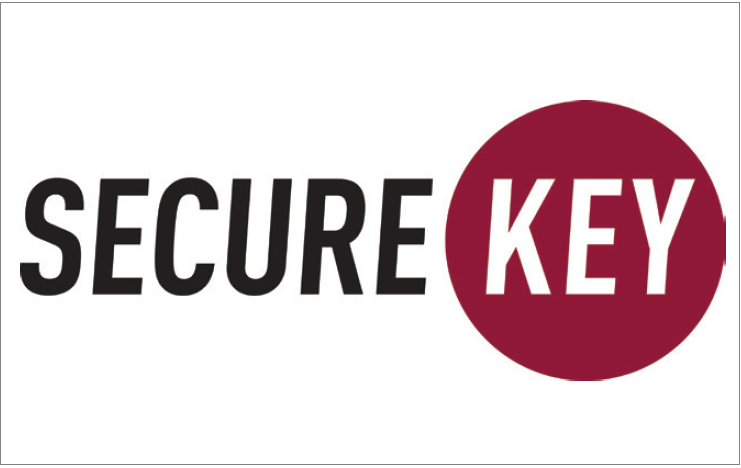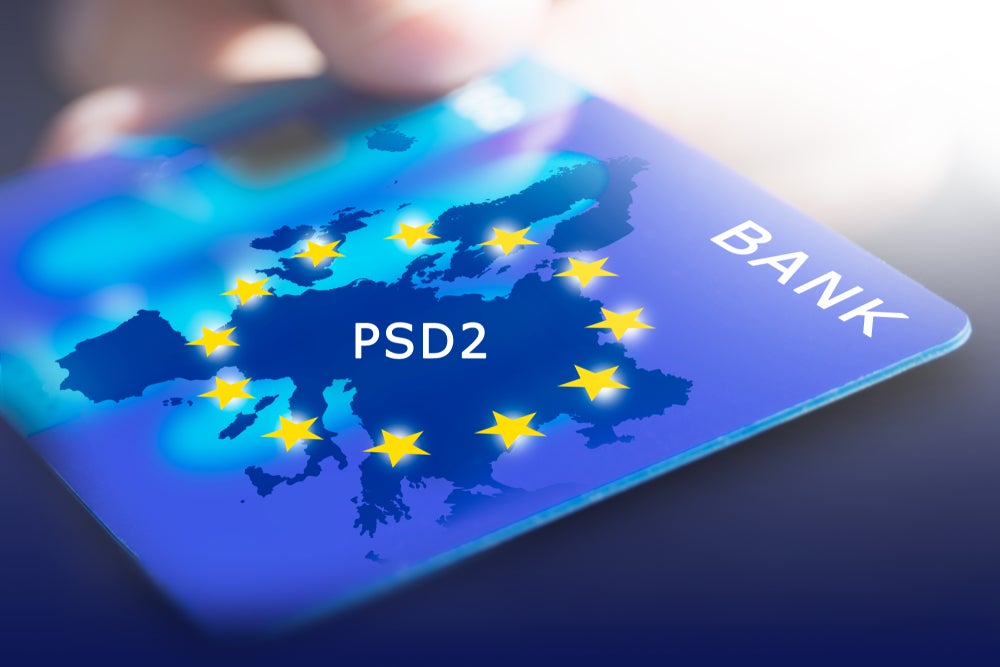Toronto-based SecureKey Technologies plans to launch its Verified.Me blockchain-based federated digital ID platform in Canada during 2019, ahead of an eventual roll-out in the US. Robin Arnfield report
Canada’s six largest banks, along with Sun Life Financial and credit union group Desjardins, have been working with SecureKey for over two years on Verified.Me.
In October 2016, SecureKey raised C$27m ($20.3m) in growth capital to fund the commercial roll-out of Verified.Me from BMO Bank of Montreal, Scotiabank, CIBC, Desjardins, RBC Royal Bank of Canada, and TD.
In 2017, National Bank of Canada became an investor and a partner in SecureKey’s digital ID coalition. Mastercard, Visa and Discover are also investors in SecureKey, and the Digital ID and Authentication Council of Canada, and the US-based Command Control and Interoperability Center for Advanced Data Analytics provided funding for Verified.Me.
Verified.Me is currently in implementation with SecureKey’s eight Canadian partner FIs. Non-financial institution (FI) partners include IBM, Intel, Idemia, Thales, Gemalto and EnStream, a joint venture between Canadian telcos Bell Mobility, Rogers Communications and Telus Communications. EnStream provides ID verification and authentication services for third-parties including banks, credit bureaux, insurers, government and utilities.
How well do you really know your competitors?
Access the most comprehensive Company Profiles on the market, powered by GlobalData. Save hours of research. Gain competitive edge.

Thank you!
Your download email will arrive shortly
Not ready to buy yet? Download a free sample
We are confident about the unique quality of our Company Profiles. However, we want you to make the most beneficial decision for your business, so we offer a free sample that you can download by submitting the below form
By GlobalData
When Verified.Me launches, consumers will opt into the platform using a mobile app which leverages the trusted digital credentials they stored with the partner organisation of their choice. Verified.Me’s collaborative network will include financial services, telecommunications and healthcare providers as well as government agencies. The network will use IBM’s Blockchain service, which is based on the Linux Foundation’s open-source Hyperledger Fabric v1.0.
Consumers will use Verified.Me’s app to instantly verify their identity for services such as new bank accounts, property rental, driver’s licences or utilities. They will control the specific identifying information that they share with Verified.Me’s participating organisations.
Separately, SecureKey’s Concierge single sign-on authentication system is already used by Canadian FIs to enable their customers to identify themselves when logging into Canadian government websites.
SecureKey Concierge enables Canadians to use their bank or credit union log-in credentials to access e-government services from bodies such as Canada Revenue Agency (CRA), the country’s tax authority, or Service Canada, which manages pension benefits.
“SecureKey is doing a tremendous job in building a digital identity and authentication solution set,” says Ali Raza, managing principal at US banking consultancy Blue Leviathan.
“Verified.Me should take this one step further by allowing consumers better control and an enhanced user experience, while broadening utility. SecureKey has managed to build a broad, deep industry coalition – FIs and government – and create a de facto ‘Canadian’ digital ID programme.
“But I would be cautious about expecting SecureKey to enjoy the same level of success with Verified.Me in the US, given the size and complexity of the market – many FIs, competing factions, challenges with the government sector, etc. In the near term, a universal digital ID system would have difficulties gaining traction in the US.”
Julie Conroy, director of research at Aite Group, points out that SecureKey is very well suited for relatively consolidated markets such as Canada – with five big banks, a number of smaller FIs and three major telcos – but much harder to realise in a highly fragmented market like the US.
Roll out
Verified.Me was originally scheduled to launch in 2018, but setting up the necessary partnerships and conducting security validations with SecureKey’s partners took longer than expected.
Speaking to EPI, SecureKey CEO Greg Wolfond explains that Verified.Me will be rolled out to consumers in 2019 in Canada. “We already have a network of partners in the US, and we’re getting a good reception for Verified.Me there,” he says.
“So we’ll offer Verified.Me in the US eventually.” “With our scheme, you control where your information is shared,” says Wolfond.
“Our platform stores the consumer’s data and ID in a secure blockchain, but the user controls their own identity data – it isn’t held by a third party – and their bank authenticates them. You can use Verified.Me to rent an apartment, get a new phone account, or register with Revenue Canada immediately instead of waiting for two weeks for a taxpayer code to be sent to you in post.”
The Canadian Press reported that during 2018, CRA and SecureKey conducted a five month test of Verified.Me for logging into taxpayers’ Revenue Canada accounts. They also tested the use of Verified.Me to enable citizens visiting a government services office to confirm their identity without using physical ID documents.
The CRA/SecureKey trial examined whether Verified.Me could help confirm the identity of people logging into CRA online accounts by accessing provincial driver’s licence databases. The trial also examined whether the CRA could send data to FIs, such as sending proofs of income to banks for loan applications.

ID theft
The Canadian Antifraud Centre reports that identity theft has been increasing at an average of 33% per year, and is costing Canadian businesses C$200m a year.
The Canadian Bankers Association has called for a federated ID system to link federal and provincial government databases holding data such as Canadian Social Insurance Numbers and drivers’ licences, and use this to electronically authenticate identities using multiple digital reference points.
SecureKey’s platform would meet this requirement. Separately Interac, Canada’s debit card scheme, wants to develop a federated ID system based on the use of tokenised and abstracted versions of birth certificates, drivers’ licences, health cards and passports. Interac is also working with Canadian digital ID technology vendor 2Keys to develop a digital identity platform for the provincial government of Ontario.
The platform will demonstrate how Ontario residents could have improved access to e-government services in the future.
Open Banking
The Canadian government’s Department of Finance has been consulting with stakeholders about introducing Open Banking in Canada. Implementing a secure federated digital identity network would help protect consumers and businesses once Open Banking-based sharing of customers financial data is introduced.
Canadian Bankers Association CEO Neil Parmenter said in January 2019 that Canada must embrace digital identification to “unlock the full potential” of the digital banking revolution, and called for a federated digital identity system. “To build a functioning digital ID system in Canada, we should be open to innovative identity verification methods like document review through a live video connection, use of blockchain, biometrics and other methods that have begun to see widespread adoption in other parts of the economy,” Parmenter said.
“These methods have the potential to prove a person’s identity more securely and accurately than showing physical identification. With the federal government exploring the possibilities of open banking, the modernisation of Canada’s core payments infrastructure now underway (by Payments Canada), and blockchain and artificial intelligence pushing into new frontiers, the need for digital ID will only grow more urgent.”








